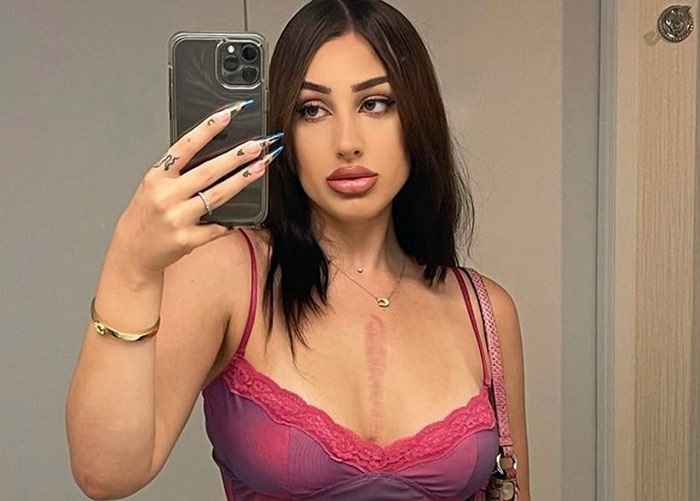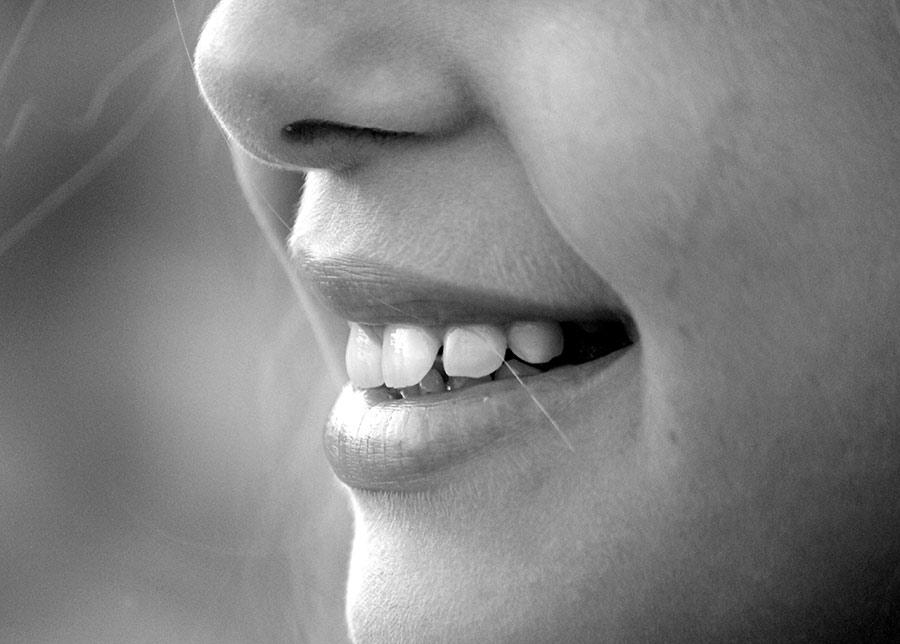

Posted by Dr. Litner and Dr. Solieman on April 6th, 2009
Over the years, we have found that many patients that come from different ethnic backgrounds want a rhinoplasty because their nose is oversized or has a distinct shape that does not match their face. However, there is often some confusion when we explain that augmentation rhinoplasty is often needed in order to make their nose look smaller.
While we recognize that there is tremendous variability in every parameter of the African American noses: including nostril shape and flare, nasal length, skin thickness, columella length, nasal projection, and bridge height; numerous studies have shown that African American patients, on average, tend to have:
1. Weak, Short Tip Cartilages– results in tip looking short and droopy
2. Wider, Bulbous Nasal Tips
3. Wider Variability in Nostril Shape
4. Greater Nostril Flare (bigger nostril curvature)- makes tip look wide
5. Acute Nasolabial Angle– again can make tip look droopy
6. Thin, Weak Septal Cartilage– harder to support and refine nose
7. Wider, Lower Nasal Bridges– makes nose look wide and washed out
8. Thicker Skin– makes it more difficult to add tip definition and refinement
9. Excess Tissue in the Nasal Tip– resulting in poor tip definition
With all of this being said, over the years we have found that the most challenging part in African American rhinoplasty is correcting the deficiency in tip projection in the face of a bulbous, amorphic tip with thick skin. In other words, the nose is at once short and wide.
As a result, in this type of nose it is important to build up and add to the tip structure in order to not only provide adequate support but also to give lasting tip definition and refinement. And at the same tip we must recognize that most of our patients are seeking a thinner, more refined nasal tip that is not built up too much. So as you can see in our example below a balance must be created between appropriate refinement without excessive projection.
This professional African American presented after noticing that over time his nose had started to droop and widen. You will note that even 3 months after surgery the improvement in tip definition and refinement is significant.

A bulbous nasal tip is one of the most common reasons for patients to seek rhinoplasty. A bulbous tip, often called a boxy tip,...

The main concern for many people seeking Rhinoplasty is a wide, boxy, or bulbous nasal tip. They’d like it to be narrowed and...

Many rhinoplasty patients are interested in narrowing their wide nostrils at the base of their nose but many are afraid of...

ASK US ANY QUESTION

Sign Up For Our Newsletter
to Receive Special Offers!